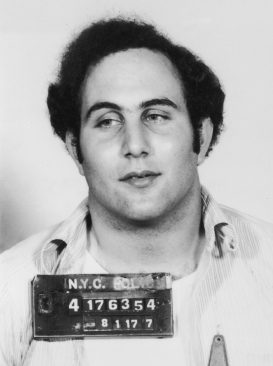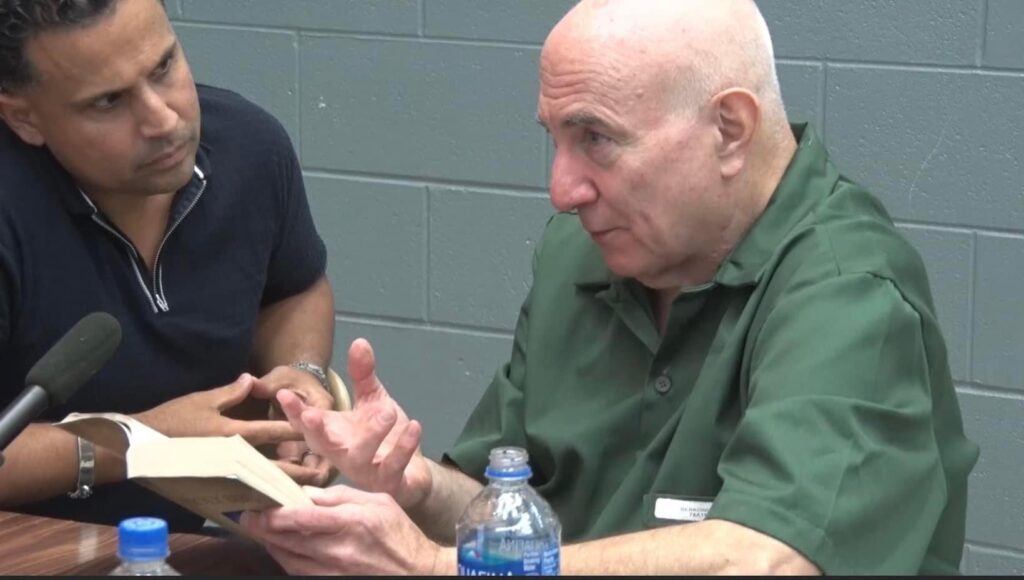Outwitting Threats with Streetwise Survival Skills
In the heart of a city that never sleeps, the story of the Son of Sam lurks as a grim reminder of the unpredictable nature of criminal minds. The case of David Berkowitz, infamously known as the Son of Sam, stands as a stark illustration of the deviance that can manifest in seemingly ordinary individuals.
Exploring the Mind of a Serial Killer
This narrative, meticulously chronicled by Dr. Michael Caparrelli in his book Monster Mirror, delves into the psyche of Berkowitz, offering insights into the mind of a serial killer who terrorized New York City in the late 1970s.
A Deadly Delusion Unleashed
Berkowitz, a 24-year-old postal worker, succumbed to a terrifying delusion: that he was acting on demonic commands from his neighbor’s dog. This psychotic break spiraled into a series of cold-blooded shootings, targeting unsuspecting young couples who were romantically embraced in their parked cars.
Turning Lover’s Lanes into Killing Grounds
The serial killer transformed lover’s lanes into deadly traps. His modus operandi reflected a chilling predilection for vulnerable targets, those lost in moments of intimacy, unaware of the lurking danger. Armed with a deadly .44 caliber revolver, he shot most of his victims in the head at close range.
Inside the Mind of a Monster
On my True Crime Reporter® podcast, Dr. Caparrelli’s 100 hours of face-to-face conversations with Berkowitz revealed a chilling narrative of internal struggle. Berkowitz described his crimes as a release from the build-up of hate and demonic urges within him, “I didn’t know them, and they didn’t know me. They were simply objects of the devil’s wrath in my twisted mind.”
These confessions offer a grim window into the mind of a man driven by compulsions he felt powerless to resist, a man who spent his nights hunting for victims to satiate a relentless inner turmoil.
The serial killer transformed lover’s lanes into deadly traps. His modus operandi reflected a chilling predilection for vulnerable targets, those lost in moments of intimacy, unaware of the lurking danger. Armed with a deadly .44 caliber revolver, he shot most of his victims in the head at close range.
An Obsession Fueled by the Thrill of the Hunt
Berkowitz admitted to Dr. Caparrelli that he became obsessed with the killing, “I spent so much money on gasoline. Money that I didn’t have to spend, ya know… driving around the city for hours after I’d get out of work. I worked until midnight, punch out of the post office and head to my car. The gun was in the glove compartment waiting for me. I’d drive and drive. I was living hand to mouth because so much of my income was consumed by this mission.”
The Predator’s Strategy
“At some points, he would park and he would stroll a little bit, looking for a vulnerable target. And the fact that they’re seated in automobiles, for the most part, you know, unable to quickly respond or get out of the way of a bullet is probably what put the spotlight on those particular people that was the vulnerability,” warns Dr. Caparrelli.
Lessons in Situational Awareness
Berkowitz’s story is not just a chronicle of criminal acts but a cautionary tale about the importance of situational awareness and self-preservation. His victims, often caught off guard in vulnerable settings, underscore the need for vigilance and street smarts.
Setting Boundaries to Avoid Becoming a Target
Dr. Caparrelli’s insights emphasize the importance of setting boundaries and being assertive in potentially dangerous situations. He notes that perpetrators often test potential victims’ amicability and says a firm, respectful response can be a crucial deterrent.
For example, Caparrelli says, “Serial offenders may approach a woman in the parking lot and offer her a piece of gum. If she says no, he offers it a second time. If she says, I said, no, thank you. He leaves. If she takes the gum, it says that she goes along to get along. And if she’s got that type of personality, that will go along to get along a certain level of amicability. It makes her easy prey.”
The Deceptive Face of Evil
The Son of Sam case also challenges societal perceptions of what constitutes a ‘dangerous individual.’ Berkowitz, with his innocuous appearance, belied the stereotypical image of a criminal. “David was an unassuming figure, which made his actions all the more shocking. It’s a stark reminder that danger doesn’t always present itself in an obvious manner,” Dr. Caparrelli remarks.
Instead, Berkowitz presented himself as a pudgy, baby-faced young man – a stark contrast to the monster depicted in the media. This disparity between appearance and reality serves as a reminder that danger often comes in the most unexpected forms.
Final Takeaways: Staying Safe in a Dangerous World
In conclusion, the lessons from the Son of Sam case are multifaceted. They teach us the importance of being aware of our surroundings, understanding the complexity of the human psyche, and the necessity of remaining vigilant in a world where danger can appear in the most benign of guises.
CLICK HERE TO LISTEN
FOLLOW the True Crime Reporter® Podcast
SIGN UP FOR my True Crime Newsletter
THANK YOU FOR THE FIVE-STAR REVIEWS ON APPLE Please leave one – it really helps.
TELL ME about a STORY OR SUBJECT that you want to hear more about
Step into the storied halls of the Texas Prison Museum and uncover the gripping tales of infamous inmates, daring escapes, and the history of justice in the Lone Star State.


